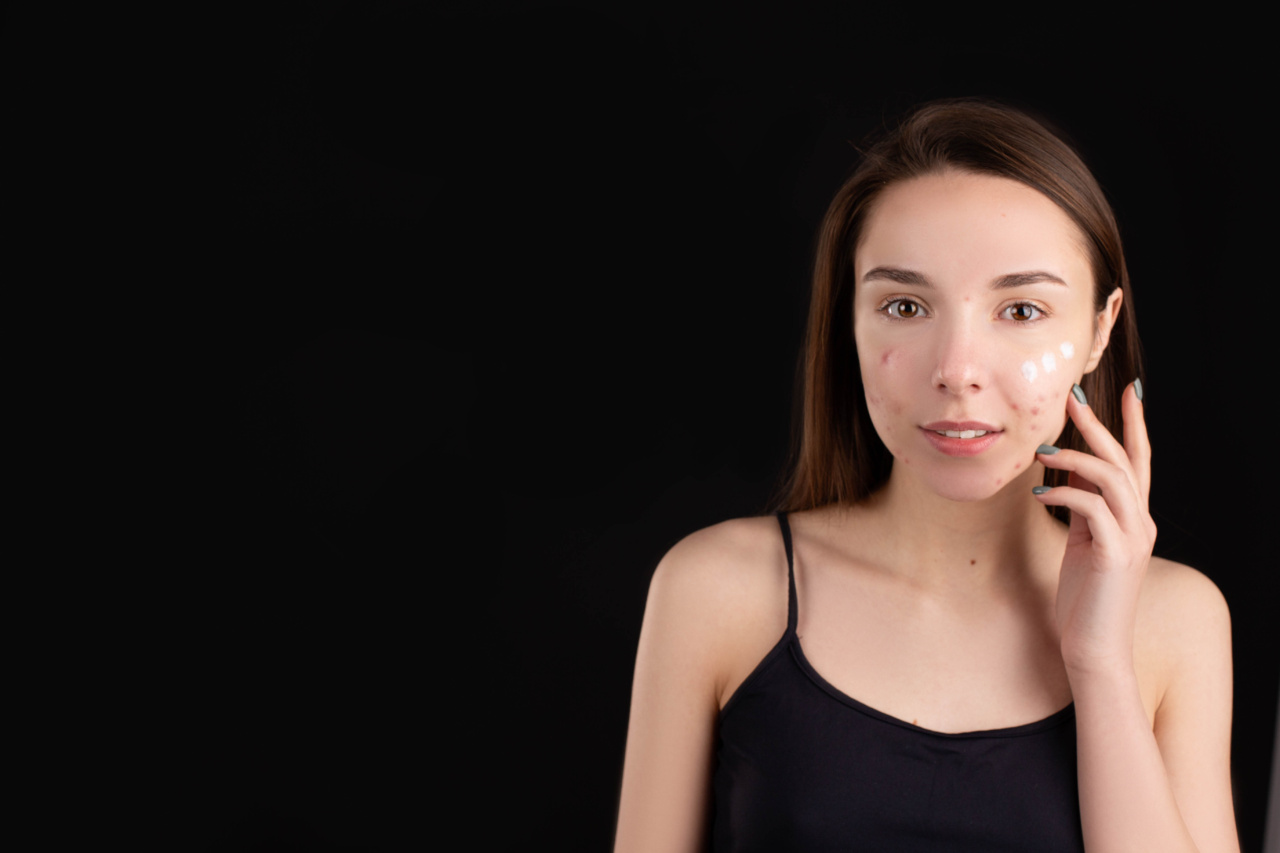Puberty is a natural process of physical and emotional development that every individual goes through during their adolescent years.
It is a period of transition from childhood to adulthood, marked by significant changes in the body and brain, which can profoundly affect behavior and emotions. In this article, we will explore the impact of puberty on adolescent behavior and how parents and caregivers can help young people navigate this challenging time of their lives.
Physical Changes in Puberty
Puberty is characterized by a series of physical changes that occur in both boys and girls. In girls, the process is marked by the onset of menstruation, breast development, and the growth of pubic and underarm hair.
In boys, puberty is marked by the growth of testicles and penis, the development of facial hair, and the deepening of the voice. These changes can be both exciting and scary for young people, who may feel self-conscious or embarrassed about their changing bodies.
It is essential to provide young people with accurate information about their bodies and the changes they are experiencing to help them understand these changes and feel more comfortable with them.
Emotional Changes in Puberty
Puberty is not just about physical changes, but also about emotional changes. Adolescents may experience mood swings, irritability, and intense emotions that they may find difficult to manage.
This is due to hormonal changes in the body, which can affect the way the brain processes emotions. At the same time, young people may be grappling with issues such as identity, peer pressure, and academic stress, which can further complicate their emotional landscape.
It is crucial for parents and caregivers to provide a safe and supportive environment for young people to express their emotions and feelings.
Social Changes in Puberty
Puberty is also marked by significant social changes as young people seek to establish their identity and peer relationships. They may become more interested in romantic relationships, dating, and sex, which can bring with it new challenges and risks.
Young people may also become more aware of social hierarchies and the importance of popularity and acceptance among peers. This can lead to changes in behavior, such as taking risks, experimenting with drugs or alcohol, or engaging in risky sexual behaviors.
It is important for parents and caregivers to talk openly and honestly with young people about these issues and to help them make responsible choices.
The Role of Parents and Caregivers
The transition through puberty can be a challenging time for young people and their families. Parents and caregivers play a critical role in helping young people navigate these changes. Here are some tips for parents and caregivers:.
1. Keep communication lines open
It is essential to keep communication lines open with young people and to listen to their fears, concerns, and feelings without judgment.
Adolescents may feel embarrassed or awkward talking about puberty and sex, so it is crucial to create a safe and non-judgmental environment for these conversations.
2. Provide accurate information
It is essential to provide young people with accurate information about puberty, sex, and relationships. This can help them make informed decisions about their bodies and their relationships.
It is crucial to be honest and open with young people and to provide age-appropriate information that is relevant to their development.
3. Encourage healthy behaviors
Puberty can be a time when young people engage in risky behaviors, such as experimentation with drugs and alcohol or engaging in sexual activity.
Parents and caregivers can encourage healthy behaviors, such as exercise, good nutrition, and safe-sex practices.
4. Be a positive role model
Parents and caregivers play a critical role in modeling healthy behaviors and attitudes towards sex and relationships. It is crucial to be a positive role model and to demonstrate respect, communication, and responsible decision-making.
Conclusion
Puberty is a challenging time for adolescents as they navigate physical, emotional, and social changes. Parents and caregivers play a crucial role in helping young people navigate this transition and in guiding them towards responsible decision-making.
By keeping communication lines open, providing accurate information, encouraging healthy behaviors, and being a positive role model, parents and caregivers can help young people navigate this challenging time with confidence and resilience.






























